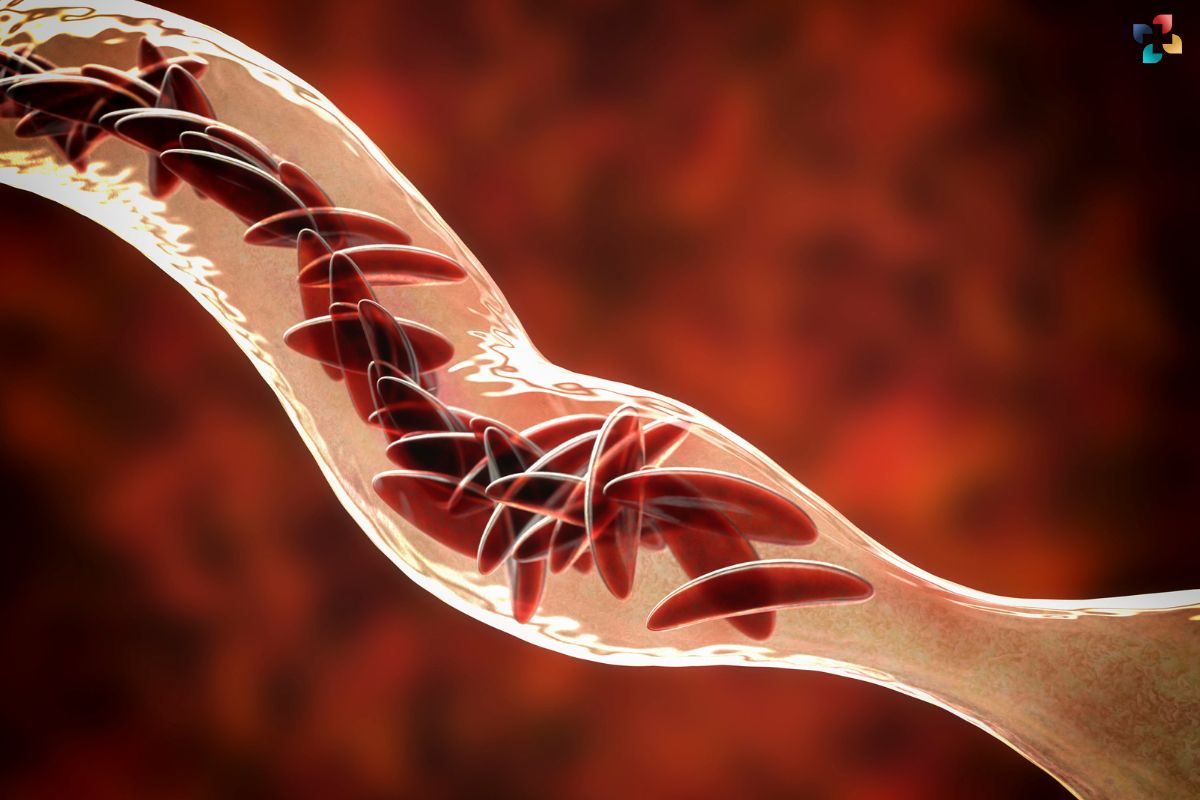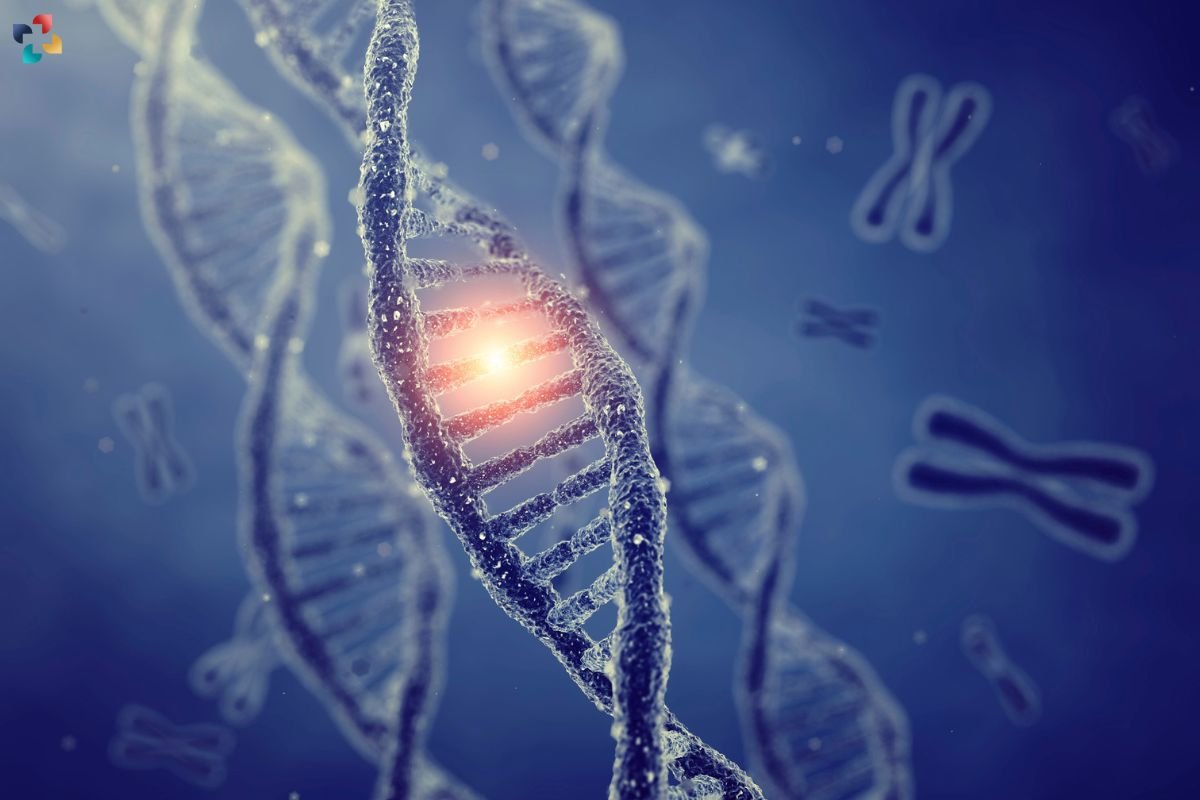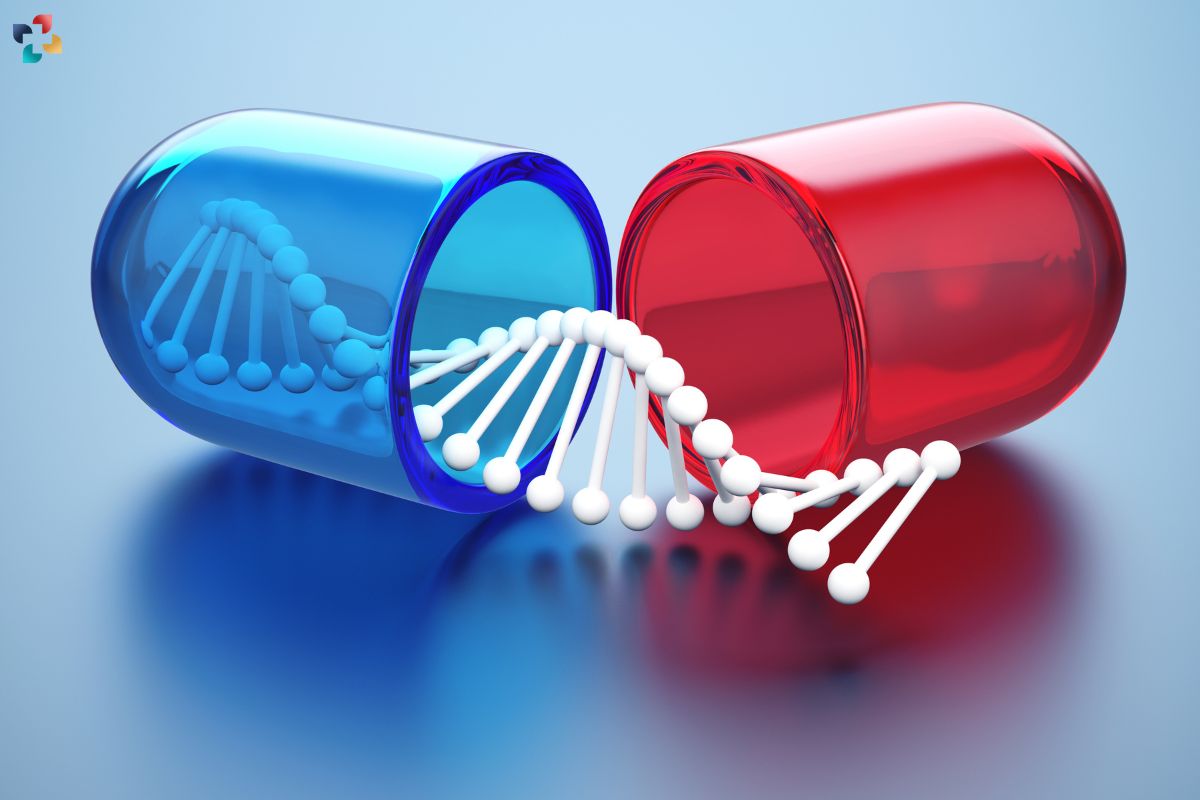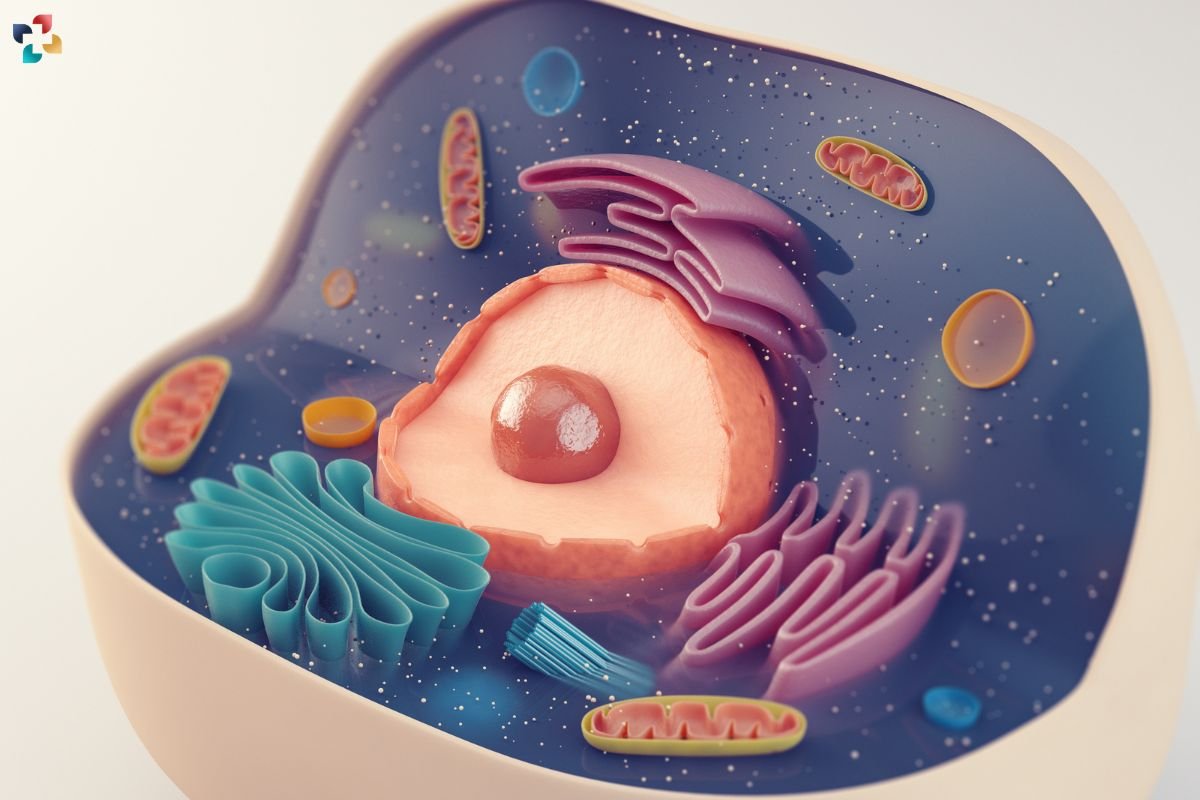In the realm of biology, the term “blastic cells” holds significant importance. These cells play a crucial role in various physiological processes, ranging from embryonic development to tissue repair in adults. Understanding blastic cells is essential for grasping the fundamentals of cellular biology and their implications in health and disease.
What are Blastic Cells?
It is also known as precursor cells or stem cells, are undifferentiated cells with the remarkable ability to differentiate into specialized cell types. These cells serve as the building blocks of tissues and organs, contributing to both growth and regeneration throughout an organism’s life.
Types of Blastic Cells
1. Embryonic Stem Cells (ESCs):
Derived from the inner cell mass of early-stage embryos, ESCs have the potential to develop into any cell type in the body. They play a crucial role in embryonic development and have garnered significant attention in regenerative medicine research.
2. Adult Stem Cells:
Found in various tissues and organs throughout the body, adult stem cells are responsible for maintaining and repairing tissues during normal cellular turnover and in response to injury or disease.
3. Induced Pluripotent Stem Cells (iPSCs):
These are adult cells that have been reprogrammed to exhibit pluripotency, similar to that of embryonic stem cells. iPSCs hold immense promise in regenerative medicine and disease modeling.

Functions of Blastic Cells
1. Development and Growth:
During embryonic development, blastic cells undergo proliferation and differentiation to form the complex array of cell types required for the formation of tissues and organs.
2. Tissue Repair and Regeneration:
In adults, these cells play a crucial role in tissue repair and regeneration by replenishing damaged or dying cells in various organs, such as the skin, liver, and bone marrow.
3. Immune Response:
Blastic cells contribute to the immune response by generating specialized immune cells, such as T cells and B cells, which play essential roles in defending the body against pathogens and foreign invaders.
The Importance of Blastic Cells in Health and Disease
These cells play a central role in maintaining tissue homeostasis and promoting overall health. However, dysregulation of blastic cell function can lead to various diseases and disorders.
1. Cancer
In cancer, uncontrolled proliferation and impaired differentiation of blastic cells can result in the formation of tumors. Cancer stem cells, a subpopulation of blastic cells within tumors, are implicated in tumor initiation, progression, and treatment resistance.
2. Genetic Disorders

Genetic mutations affecting blastic cells can give rise to inherited genetic disorders characterized by abnormal development or function of specific tissues or organs. Examples include cystic fibrosis and sickle cell anemia.
3. Degenerative Diseases
Degenerative diseases, such as Parkinson’s disease and Alzheimer’s disease, are associated with the progressive loss of function and degeneration of specific cell types within the nervous system. Blastic cell-based therapies hold promise for the treatment of such conditions by replacing damaged or lost cells.
Applications of Blastic Cells in Medicine
The unique properties of blastic cells have paved the way for their utilization in various medical applications, revolutionizing the fields of regenerative medicine, tissue engineering, and disease modeling.
1. Regenerative Medicine
Blastic cells hold immense potential in regenerative medicine for repairing and replacing damaged or diseased tissues and organs. Stem cell-based therapies offer hope for treating conditions such as spinal cord injury, heart disease, and diabetes.
2. Tissue Engineering
In tissue engineering, blastic cells are used in combination with biomaterials and scaffolds to create functional tissues and organs for transplantation. This approach has the potential to address the growing demand for organ transplants and alleviate donor shortages.
3. Disease Modeling
These cells, particularly induced pluripotent stem cells (iPSCs), are valuable tools for modeling human diseases in vitro. By reprogramming patient-derived cells into iPSCs and differentiating them into disease-relevant cell types, researchers can study disease mechanisms, screen potential therapeutics, and develop personalized treatment approaches.
Challenges and Ethical Considerations
Despite their immense potential, the use of blastic cells in research and clinical applications is not without challenges and ethical considerations.
1. Ethical Concerns
The use of embryonic stem cells raises ethical concerns related to the destruction of human embryos. This has led to ongoing debates surrounding the ethical implications of stem cell research and the development of alternative approaches, such as the use of adult stem cells and induced pluripotent stem cells.
2. Tumorigenicity
One of the major challenges associated with stem cell-based therapies is the risk of tumorigenicity. Undifferentiated blastic cells or partially differentiated progenitor cells have the potential to form tumors if they undergo uncontrolled proliferation after transplantation.
3. Immune Rejection
In the context of allogeneic stem cell transplantation, immune rejection poses a significant hurdle to the success of the procedure. Host immune responses against donor-derived blastic cells can lead to graft rejection and necessitate the use of immunosuppressive drugs.
4. Future Perspectives
Despite the challenges and ethical considerations, the field of blastic cell research continues to advance rapidly, driven by technological innovations and interdisciplinary collaborations. Looking ahead, several key areas hold promise for furthering our understanding and harnessing the therapeutic potential of blastic cells.
5. Precision Medicine

Advances in genomic medicine and personalized therapies are facilitating the development of tailored treatment approaches based on an individual’s genetic makeup and disease profile. Blastic cell-based therapies offer the potential for personalized regenerative medicine strategies tailored to the unique needs of each patient.
6. CRISPR-Cas9 Gene Editing
The advent of CRISPR-Cas9 gene editing technology has revolutionized the field of molecular biology, enabling precise manipulation of the genome. Blastic cells engineered using CRISPR-Cas9 technology hold promise for correcting genetic mutations underlying inherited diseases and enhancing the safety and efficacy of stem cell-based therapies.
7. Organoid Technology
Organoids, three-dimensional miniature organs derived from blastic cells, are emerging as powerful models for studying human development, disease pathology, and drug discovery. By recapitulating key aspects of organ structure and function, organoids offer a more physiologically relevant platform for research and therapeutic development.
Conclusion
In summary, blastic cells represent a cornerstone of modern biology and medicine, with far-reaching implications for understanding development, disease, and regeneration. From embryonic stem cells to induced pluripotent stem cells, these versatile cells hold immense potential for revolutionizing healthcare through regenerative medicine, tissue engineering, and disease modeling. However, realizing this potential requires addressing scientific, ethical, and technical challenges while fostering interdisciplinary collaboration and innovation.











